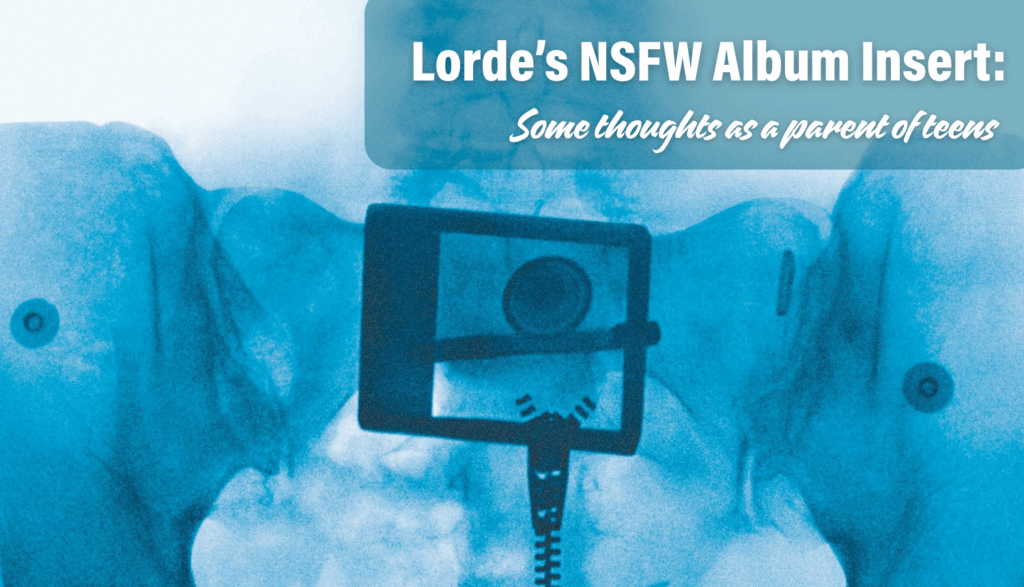An illustration by Julie Flett from David Robertson’s book, On the Trapline.Julie Flett/Supplied
Stop me if you’ve heard this one: You walk into the living room and find your child with their eyes superglued to a screen. Maybe they’re scrolling through an ubiquitous social-media app (presently, it seems to be Snapchat, who knows what will be next), or playing a game that never ends (they’re on level 1,372), or doing any number of things that, as a parent, you don’t quite understand. You tell your child they should go outside for some fresh air. Without looking up from their screen, they reply in a pained tone: “But there’s nothing to do outside.”
I’ve experienced this aggravating situation with my kids. Whenever I take their devices away and they begrudgingly go outside, they make sure I know how displeased they are with the torturous thing I’m making them do.
How times have changed. At the age of 48, I can tell you that time moves forward unrelentingly. When I was in university, cellphones were not a thing. I look further back, to when I was growing up in Winnipeg in the eighties. It was an underrated decade of music; people wore their hair big, and their personalities seemed even bigger.
Somewhere in a photo album, there is a picture of me in pink neon shorts and a yellow neon hat, sporting a similarly neon tank top and thick-rimmed sunglasses. My skin tone was dark brown. I mean, my skin tone is always brown, but in the summer, my skin colour was swarthy. Why? I was outside all the time.
Sure, we had a game system, and a Commodore 64, which I stuck a floppy disk into to play Lode Runner with a joystick. But I spent very little time in front of a screen, the exception being Saturday morning cartoons.
If you had given me a choice between going outside or playing Nintendo, it would’ve taken me less than five seconds to throw my shoes on and run to Brock Fleet Park. In the summer, I played hide and seek around the bushes there. In the winter, my brother and I spent hours playing shinny on a rink that has since closed, from the early afternoon until the floodlights shut off late at night. The rink attendant, Bob, made us hot chocolate, and our toes were frostbitten, but we didn’t care.
I think further back, to Dad’s childhood.
He grew up on a trapline called Black Water, about 32 kilometres outside of Kinosao Sipi (Norway House Cree Nation). He played on the land, learned on the land, worked on the land and lived with family on the land. He told me that it was the most beautiful way to grow up. It taught him to respect Mother Earth and cherish the lessons he’d been gifted.
Opinion: My teenaged son still doesn’t have a smartphone. Here’s why
He was healthy, too. From the time he woke up to when he fell asleep on a bed of spruce boughs (which he often gathered for the family), all he did was physical activity. In the fresh air. Under the generous warmth of the sun. Through the forest, there was a lake he used to swim in, skip rocks across and run around. When he was older, he would stare out the window from his study and remember those days, recalling the times he’d spent as a child on the land and what he’d learned. His favourite place to be, in his old age, was by the water.
What does all this give us?
I’m not advocating for the elimination of all screens. Devices have their uses, but there is a dependence on them, even an addiction for some, and that’s not healthy. My father often spoke of balance – that’s what we should be striving for. A little bit of screen time and a lot of outdoors time would do any child good.
I’ve witnessed this firsthand. One of my kids went through a period where they were doing their best to espouse the stereotypical teenager attitude – aloof, sarcastic, eyes rolling, selective hearing. One day, while I was away for work, I got a text from my partner saying our teen hadn’t had a “blow up” all week. Why? They’d hardly been on their screen because it had been taken away. In place of their tablet, they’d been taking the dogs for walks. It changed their entire demeanour. They were present and they were pleasant.
Spending time outside supports a child’s mental, physical and emotional development. Interacting with the physical world stimulates curiosity and creativity; that’s why land-based education is such an effective tool. Active play builds muscle, improves co-ordination and helps to maintain a healthy body. And fresh air and sunlight boost mood, vitamin D levels and contribute to better sleep. In an increasingly screen-centred society, regular outdoors time can help kids connect more deeply to nature and themselves.
My father’s first language was Swampy Cree. I’ve been working to learn the language, word by word. In one of the picture books I’ve authored, On the Trapline, there is a Cree word on every page. One of them is wanawī, which in English means “go outside.” It’s not an order, it’s a teaching. It’s one that frankly all of us should learn and practise, not just our kids.
Because what we do, more than what we say, influences our children. So for them, and for you, I say: wanawī!
David A. Robertson is a two-time Governor-General’s Literary Award winner and has won the TD Canadian Children’s Literature Award and the Writers’ Union of Canada Freedom to Read Award. He is a member of Norway House Cree Nation and lives in Winnipeg with his wife and five children.












![3rd Jul: Countdown: Taylor vs. Serrano (2025), 49m [TV-MA] (6/10)](https://occ-0-409-92.1.nflxso.net/dnm/api/v6/Qs00mKCpRvrkl3HZAN5KwEL1kpE/AAAABTRq7_IPyitXk9euMfybOfMGsKiKNGcONcW79ygEV30_IbWX0lYSadL-BSv4QyY0B89VliDHYNcq3m0PcLtANy2w3mG6eA_ksj9rHsZMye76v7GScoVuth6bKT3IIhXWWAkhnowsFZ7tM7jAXLTQFx6EwXnf5LkMPLRQuVI03VcsNqup_s6xpeZD4aGJ0FTPaOkAxJgOfA.jpg?r=c8f)

